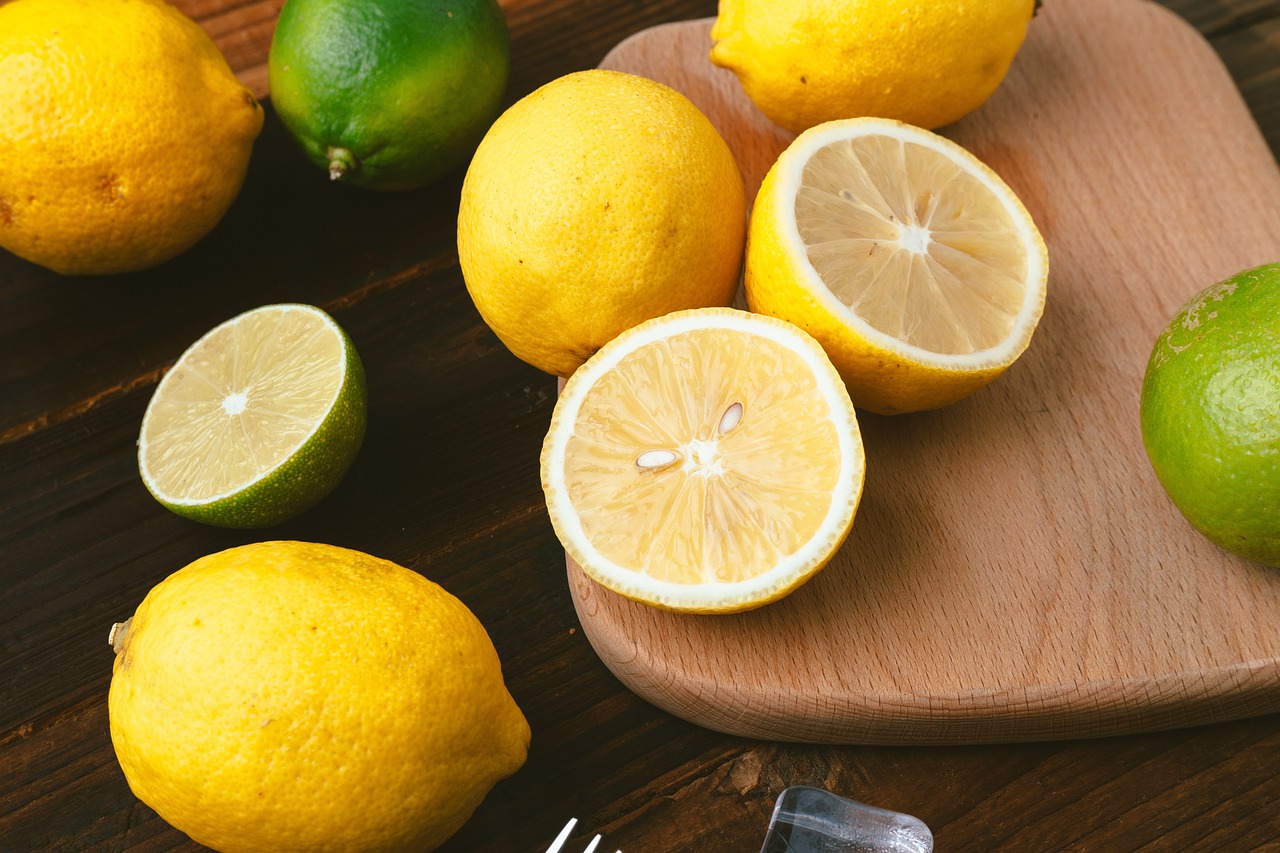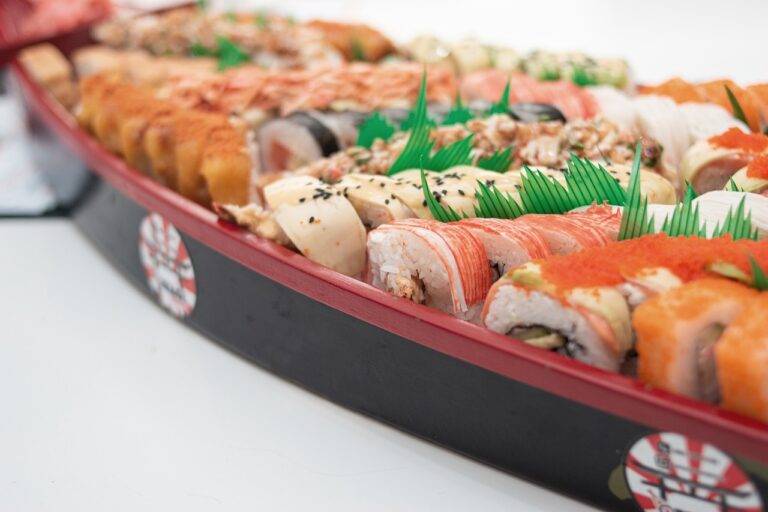The Art of Food Preservation: Rediscovering Lost Techniques for Preserving Harvests.
Food preservation techniques have been developed over centuries to extend the shelf life of food items and prevent spoilage. One common method is canning, where food is heated to a high temperature in sealed containers to kill bacteria and enzymes. This process helps preserve the food for a longer period, making it a popular choice for preserving fruits, vegetables, and meats.
Another traditional preservation technique is drying, which involves removing moisture from food items to inhibit the growth of bacteria and mold. By drying foods such as fruits, herbs, and meats, they can be stored for an extended period without refrigeration. This method is cost-effective and easy to implement, making it a practical option for preserving food in various environments.
Understanding the History of Food Preservation
Preserving food is a practice as old as human civilization itself. Early methods of food preservation were crucial for survival in a world where access to fresh food was uncertain. Ancient civilizations used techniques like drying, salting, and fermenting to prolong the shelf life of food and prevent spoilage. These methods allowed communities to store food for longer periods, ensuring they had access to sustenance during times of scarcity.
The history of food preservation is a testament to human ingenuity and resourcefulness. Over the centuries, advancements in technology and scientific knowledge have led to the development of new preservation methods such as canning, freezing, and refrigeration. These innovations have revolutionized the way we store and consume food, making it easier to access a wide variety of foods year-round. Understanding the evolution of food preservation techniques provides valuable insights into our collective efforts to nourish and sustain ourselves throughout history.
What are some traditional food preservation techniques?
Some traditional food preservation techniques include drying, smoking, salting, pickling, and fermenting.
How did people preserve food before refrigeration?
Before refrigeration, people used various techniques such as drying, smoking, salting, and fermenting to preserve food.
When did food preservation techniques first begin?
Food preservation techniques have been used since ancient times, with evidence of methods such as drying and salting dating back thousands of years.
Why is food preservation important?
Food preservation is important because it helps to prevent food spoilage, extend the shelf life of perishable items, and ensure a stable food supply.
What role did food preservation play in early civilizations?
Food preservation played a crucial role in early civilizations by allowing people to store and preserve food for times of scarcity or during long journeys.
How has food preservation evolved over time?
Food preservation techniques have evolved over time with advancements in technology, such as the invention of canning and refrigeration, which have greatly improved the efficiency and safety of food preservation.





